|



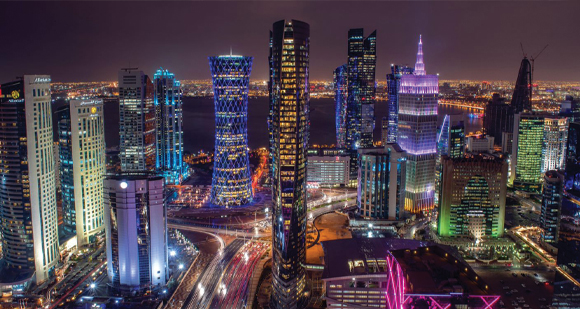
|
When host nation Qatar opens the 2022 World Cup against Ecuador on
November 20 at Al Bayt Stadium in Al Khor, the entire world will be
watching. The leaders of Invest Qatar hope that, eventually, a good
portion of these global soccer fans become visitors and investors.
|
|
|
FROM SITE SELECTION
MAGAZINE, NOVEMBER 2022 ISSUE
|

|
ASIA
Fast-moving consumer goods sales increased by 16% in 2021, say experts
from Tractus Asia, and constitute a $110 billion market expected to
double by 2025.
|
|
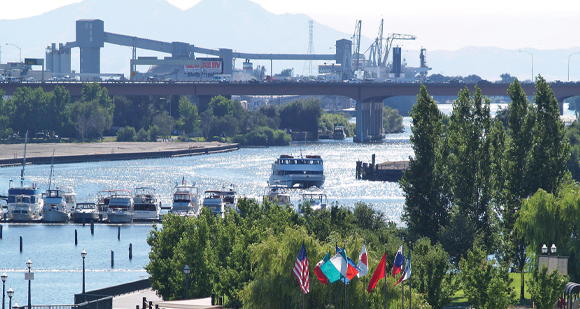
|
INVESTMENT PROFILE: SAN JOAQUIN COUNTY, CALIFORNIA
San Joaquin County in California’s Central Valley can offer investors an
attractive alternative to the Bay Area when it comes to labor and
housing costs. Resources like iHub San Joaquin can spark the innovation
needed to keep commuting workers closer to home.
|
|
 
|

Murals and musicians are nearly as plentiful as STEM workers in No. 1
STEMdex metro Austin, Texas.
Photo by Chris Zebo courtesy of Travel Texas
|
|
Maryland-based RCLCO Real Estate Consulting this week released the 2022 STEM Job Growth Index (STEMdex), which
projects which U.S. metro areas among the largest 50 by population will
have the strongest outlook for growth in STEM jobs. The analysis,
sponsored by CapRidge Partners, focuses on 23 metrics in four major
areas RCLCO finds to be “paramount to the growth of STEM jobs”: STEM
Trends/Economic Factors, Workforce Quality, Quality of Life/Health, and
Business Climate. “Because nearly 70% of US GDP is influenced either
directly or indirectly by STEM employment, understanding where these
jobs exist today and where they may concentrate tomorrow is essential to
decision-makers and real estate investors alike,” said Gregg Logan,
managing director of RCLCO. Here are the Top 20:
- Austin, Texas
- Washington, D.C.
- Raleigh, North Carolina
- Denver, Colorado
- Seattle, Washington
- San Francisco, California
- Portland, Oregon
- San Jose, California
- Boston, Massachusetts
- Salt Lake City, Utah
- Dallas, Texas
- Minneapolis, Minnesota
- New York, New York
- Charlotte, North Carolina
- Atlanta, Georgia
- Baltimore, Maryland
- San Diego, California
- Orlando, Florida
- Philadelphia, Pennsylvania
- Nashville, Tennessee
When compared to Site Selection’s most recent ranking of Top Metros for corporate
facility project attraction and projects per capita, notable metros
missing from RCLCO’s ranking include No. 1 Top Metro Chicago (though the
per-capita No. 1 Austin corresponds exactly) as well as such regions as
Houston (which was in RCLCO’s Top 20 last year); Cincinnati; Los
Angeles; Richmond, Virginia; Louisville; Memphis and Columbus, Ohio.
Among RCLCO’s observations: Philadelphia is the only new region in the
Top 20 and San Jose has the highest STEM job concentration. But the
concentration is dissolving: “The migration of fully remote workers to
lower cost areas, where their salary goes farther, has taken as much as
10% of the city center spending out of the urban core, and into either
other cities or into the suburbs,” the report states, noting that Tulsa,
Oklahoma’s offer of $10,000 grants to remote workers to relocate to
Tulsa for a year has attracted nearly 600 workers. But despite the
dispersal, “the biggest STEM gains are still in markets with a strong
base of tech employment and existing infrastructure,” the report says,
noting that the most heavily concentrated STEM markets — San Jose,
Washington, San Francisco, Austin and Boston — all rank within the Top
10 for projected future job growth. The rich just get richer, right? But
there is emerging evidence that tech innovation venture capital is more
widely dispersed than ever before: Watch for Site Selection’s further
exploration of the data in the January 2023 issue’s “Emerging Tech Hubs”
feature. — Adam Bruns
|
|
 
|
|
ARKANSAS ECONOMIC
DEVELOPMENT GUIDE 2022-23
|
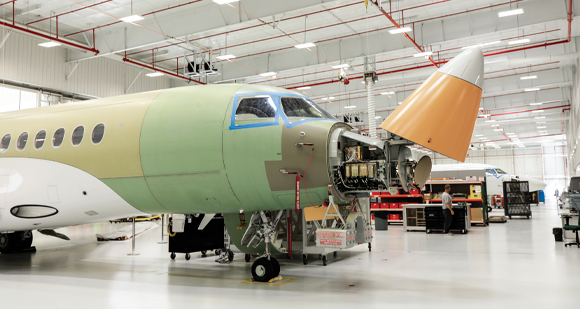
|
FDI
Companies from around the world are investing in Arkansas.
|
|

|
AEROSPACE
From Arkansas to the battlefield, this industry is reaching new heights.
|
|
|
SITE SELECTION
RECOMMENDS
|
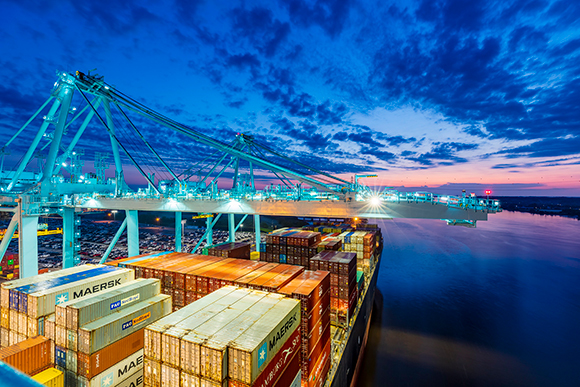
|
Photo courtesy of Jacksonville Port Authority
|
|
In late October the U.S. Department of Transportation
announced more than $703 million to fund 41 projects in 22 states and one
territory that will improve port facilities through
the Maritime Administration’s Port Infrastructure
Development Program. “The funding, made possible by the
Bipartisan Infrastructure Law and additional Congressional
appropriations, will benefit coastal seaports, Great Lakes
ports and inland river ports,” said the DOT, “helping
improve supply chain reliability through increased port
capacity and resilience, more efficient operations, reduced
port emissions and new workforce opportunities.”
Among the larger grants is $23,518,000 toward the JAXPORT
EXPRESS project in Jacksonville, Florida, a $47 million
public-private partnership by JAXPORT (pictured) and two of
its port tenants, SSA Jacksonville and Crowley. The project
involves 1) installation of electrified refrigerated
container stacks; 2) procurement of six hybrid-electric
rubber-tired gantry cranes; 3) procurement of 16
battery-electric forklifts, 10 battery-electric yard
tractors, and seven Tier 4 diesel top picks; 4) installation
of 15 high-power direct current fast-charging stations and
make-ready stub-outs; and 5) development of a replaceable
and scalable plan for transitioning the port and local
maritime industry to zero-emission technologies.
|
|
|
France
French company Fairmat has just opened this automated facility it calls
the “Fairfactory” near Nantes in order to bring smart manufacturing
principles to the recycling of more than 3,500 tons of annual carbon
fiber waste. The company will grow fivefold from its current headcount
of 80. But that’s only the beginning. “We see the plant in Bouguenais
(Loire-Atlantique) as a pilot site at the cutting edge of recycling
technology,” said Fairmat CEO Ben Saada. “We will follow this by
deploying the technology in several countries, starting with the United
States in 2023, then in a number of European countries.” The company,
founded in 2020, says its mission goes far beyond treatment of
industrial waste. “It’s about creating a new ecosystem with all our
customers and partners,” Fairmat says. The company just received a
sustainability award from one of those partners, aerospace giant Airbus.
United Arab Emirates
Disposable food packaging product company Hotpack Packaging, whose sites
include operations across the UAE as well as in Saudi Arabia, Bahrain,
Qatar, India and the UK, this week inaugurated its largest production
facility in Dubai’s National Industries Park in Jebel Ali. In addition
to producing PET packaging, the site will also function as an export
hub, as well as a center “for the company’s manufacturing, e-commerce,
logistics, and marketing divisions,” said a Gulf News report. The
company just last week opened a new paper product plant in Doha, Qatar.
Earlier this year the company pledged to build 10 plants in Malaysia
over the next 10 years for the manufacture of biodegradable packaging.
“The company also announced that it would soon launch new manufacturing
plants in Saudi Arabia, India, Malaysia and Serbia in the coming
months,” Gulf News reported.
|
|
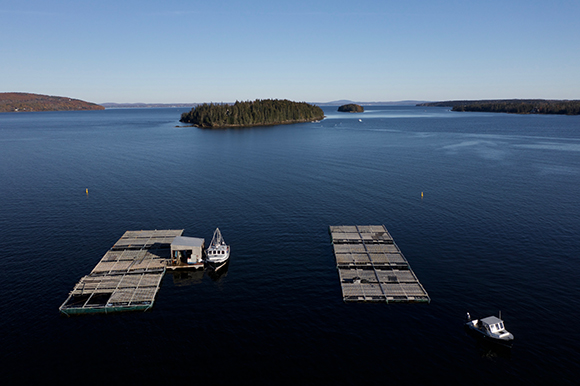
|
Photo courtesy of Maine Aquaculture
Association
|
|
Concurrent with this week’s celebration of National Apprenticeship Week, the Maine
Aquaculture Association and Gulf of Maine Research Institute announced
the launch of the first state-wide aquaculture apprenticeship
Program in the U.S., which will provide 2,000 hours of
on-the-job training in addition to 144 hours of classroom time at
Southern Maine Community College for six Maine high school graduates
beginning in 2023. The program leverages partnerships with Maine
aquaculture farms and is supported by the USDA National Institute of
Food and Agriculture. Other partners include Educate Maine and the Maine
Department of Labor. “We are interested in training an apprentice, with
the hope that they would stay on as a long-term member of our team,”
said Shey Conover, co-owner of Marshall Cove Mussel Farm of Islesboro,
Maine (pictured). “We have experience hiring and training high school
and college students interested in gaining experience on the water and
are able to offer training and opportunities for growth within our
company.” Not everyone thinks increased aquaculture is a great idea for
Maine. Read Gary Daughters’ 2019 report on fish farm action and
reaction.
|
| |

